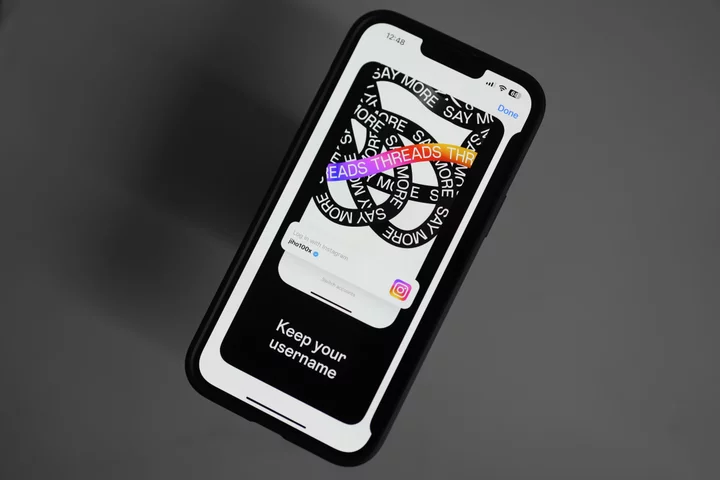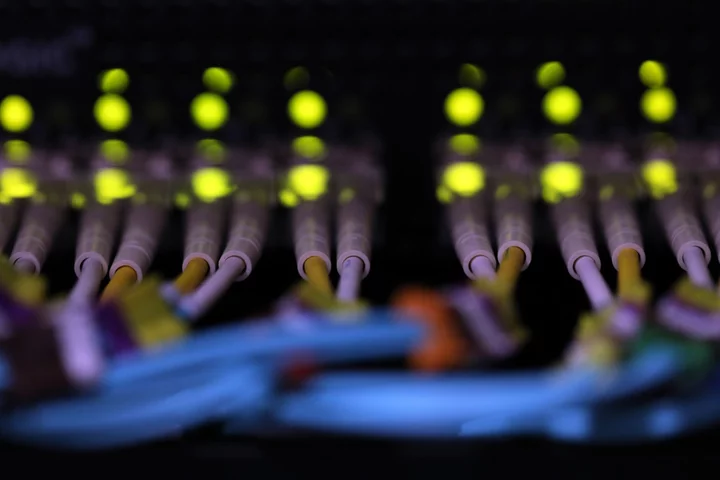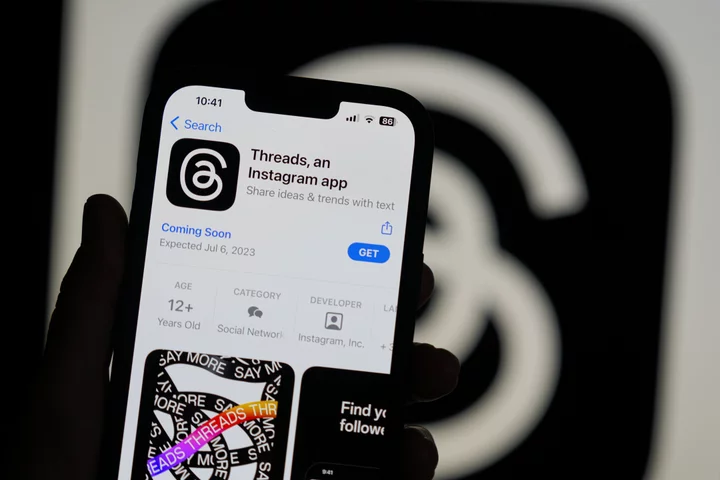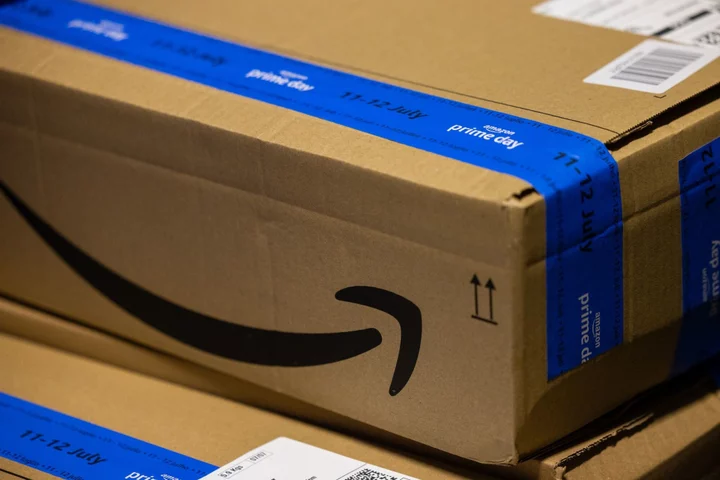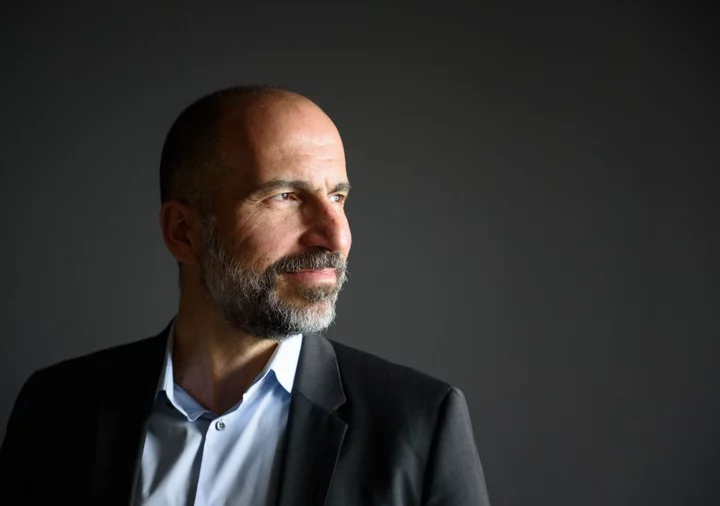Apple has announced a dizzying array of products this year, though none more central to its business than the iPhone 15. At first glance, Apple’s latest iPhone seems to have hit all the marks from a sustainability standpoint.
The iPhone 15 Pros’s carbon footprint shrunk by nearly 30% compared to a company-defined baseline (though it’s up 1% from the iPhone 14 Pro), and Apple largely eliminated plastic packaging. There’s also a wide array of 100% recycled materials in the phone, from the copper foil in its inductive charger and gold in its USB-C connector to cobalt in its battery, all firsts for the Silicon Valley technology giant.
Apple’s progress on using recycled materials is notable given mining often drives conflicts and ecological degradation. But in the eyes of some sustainability experts, it’s also a red herring that has turned public attention away from a bigger problem.
“Recycling is actually a distraction,” says Gary Cook, who directs global climate campaigns at environmental NGO Stand.earth. When it comes to lessening climate impacts, “repair is much more important,” Cook says.
Data from Apple shows roughly 80% of an iPhone 15 Pro’s full lifecycle carbon emissions are wrapped up in its production. That means the longer consumers hold onto their device, the more emissions they would help prevent.
“The worst recycling is better than the best mining, but it doesn't mean that recycling is the greenest thing to do,” says Josh Lepawsky, a professor who specializes in electronic waste at Memorial University of Newfoundland.
Extracting copper, gold and other minerals from retired handsets and making new ones requires energy. “What they're presenting as a closed circle is actually not closed,” Lepawsky says.
That is particularly concerning for a company the size of Apple. Last year, the tech giant shipped nearly 225 million iPhones globally. Although one iPhone 15 Pro generates 66 kilograms (145 pounds) of carbon dioxide in its lifetime — the equivalent of driving from Washington, DC, to Philadelphia — applying that to all the smartphones Apple shipped in 2022 brings emissions to about 15 million metric tons. That’s roughly four times more than Washington, DC’s annual emissions from buildings.
“It's naive to think that any IT product is actually sustainable,” says Andreas Nobell, a manager at TCO Development, a Swedish institute that certifies green electronics. “You will only have different grades of sustainability.”
Instead of buying a new phone made with recycled materials, Nobell says consumers would do a better job protecting the planet — as well as their own wallet — if they keep using their existing phone.
An Apple spokesperson said the company is prioritizing longevity, including making its phones more durable and ensuring software updates run on older devices. Recent hardware changes also include redesigning the iPhone 15 Pro so the back glass can be replaced on its own, which will save users more than $300 compared to the iPhone 14 Pro lineup.
“With thousands of authorized service locations, we also offer independent repair shops access to Apple parts, tools and manuals,” an Apple spokesperson says. “Last year, we were the first major manufacturer to launch a self-service repair program, and we’re the first to back both state and federal repair regulation to ensure consistency, safety and customer privacy.”
But Kyle Wiens, who runs electronics repair business and advocacy group iFixit, blames Apple for using software to “lock out most [independent] repairs.”
Parts pairing — that is, when a particular component is paired with a particular handset through software — has undermined iPhones’ repairability and Apple’s environmental credibility, says Wiens. His team recently tore apart two iPhone 15 Pro Max units and swapped components of the devices. What happened next, iFixit’s testers found, was a wave of warnings from Apple that read “Unable to determine if your iPhone display is a genuine Apple part.”
The iPhones with swapped components also lost access to Face ID, a popular feature that enables users to quickly log in using facial recognition technology, while experiencing several other functionality problems, Wiens says. Apple has argued that parts pairing is meant to add a layer of protection for users, and primarily for sensitive functions, such as Face ID. The company argues that those parts protect the phone's security, so it needs to take extra parts-pairing measures.
Among dozens of handsets that iFixit has so far examined through its network of technicians, Apple is the only smartphone brand with a restrictive parts pairing system, according to Wiens. While the company has deployed such a design in its mobile gadgets for years, iFixit’s testing shows that the iPhone 15 Pro Max has seen an increase in limitations compared to earlier models, earning it a 4 out of 10 in iFixit’s repairability score. (That falls behind the FairPhone 4’s score of 10, LG G5’s score of 7 and Apple’s own iPhone 7 Plus, which garnered a 7 as well.)
iFixit says of 11 components it switched in the iPhone 15 Pro Max units, seven of them either triggered error warnings or experienced malfunctions. If they can’t be reused, some of those components will likely end up in a recycling facility or — even worse — a landfill. “[That’s] bad for the environment because the embodied energy in manufacturing is so high,” Wiens says.
Beyond emissions, electronic waste is a rapidly expanding problem for the environment. E-waste reached a record high of 53.6 million tons globally in 2019, according to the latest data available from the United Nations. Small devices, including smartphones, contributed to nearly 10% of the total disposals, the UN says. Without proper treatment, toxic materials from electronic waste can seep into the groundwater and soil, killing wildlife and even finding its way into the human food chain.
Apple has long been criticized for not making iPhones easier to repair. The company had lobbied against right-to-repair legislation in several US states before recently reversing its stance in California, which recently passed a law giving users more options to fix their electronics.
“California’s new law will help ensure that consumers and independent repair businesses alike have the resources available to safely repair their devices in a manner that does not compromise their privacy or data security,” Brian Naumann, vice president of Apple’s repair business, said at a White House event last month.
The company began selling iPhone replacement parts to consumers in 2022, though that change in course came roughly 15 years after the debut of the first iPhone. Apple has previously said that iPhones are “too complex” for anyone to repair. But industry watchers point out that the company’s resistance may go beyond technological considerations.
“Repairability is absolutely key to ensure that phones are as green as possible,” says Jan Stryjak, an analyst specializing in smartphone sustainability at global consultancy Counterpoint Research. But Apple, alongside many other consumer tech companies, is “in a very tricky position,” Stryjak adds.
In a 2019 letter, Apple CEO Tim Cook said a shortfall in iPhones sales was caused in part by consumers repairing their old ones thanks to reduced replacement battery prices, signaling that what’s good for the environment may be at odds with Apple’s bottom line.
In recent years, Apple has made moves to diversify its revenue beyond hardware — adding cloud services, online streaming and paid warranties. But devices remain a cash cow. For the three months ending in September 2023, iPhone sales were responsible for roughly $44 billion in revenue — nearly half of Apple’s total revenue — according to the company’s latest financial filing.
“They don't want their products to last as long as possible because they want to sell new ones,” Stryjak says.
Apple has stepped up efforts to tackle environmental problems in recent years. The company said in 2017 that it would reduce its reliance on virgin minerals and eventually end mining. It has also joined a growing list of businesses that aim to zero out greenhouse gas emissions by 2030. The company increased investments in renewable energy projects and its transition toward lower-emissions shipping. In September, Apple also unveiled what it calls its “first carbon-neutral” smartwatch, though that claim has been met with pushback by environmental watchdogs.
But with consumers queuing up worldwide to buy new iPhones, analysts say those palm-sized devices are at the center of Apple’s success — or failure — in delivering its environmental promise. The company has made efforts to cut down the climate impact of its flagship product through design improvement and greener manufacturing.
Even a greener iPhone alone may not be sufficient to turn the tide, because that per-device saving could be canceled out by an increase in the total number of smartphones the company sells. Indeed, the annual sales of Apple’s mobile gadgets have skyrocketed 60-fold since the debut of the first iPhone in 2007. By contrast, the iPhone 15’s per-unit emissions are just 70% of the iPhone 6, Apple’s most carbon-intensive model.Apple has pledged to reduce its greenhouse gas emissions 75% below 2015 levels by the end of this decade by ramping up the use of renewable energy and other low-carbon technologies. It has also vowed to address the remaining emissions by paying for high-quality carbon removal.
On the earnings call on Thursday, Tim Cook reiterated the company's commitment to sustainability. "We plan to make every product across our lineup carbon neutral by the end of the decade," he said.
For Apple to meet its climate targets, though, Lepawsky says the company’s most potent tool is actually slowing down consumption.
“The greenest device is the one you already have,” he says.
--With assistance from Mark Gurman and Yoolim Lee.


